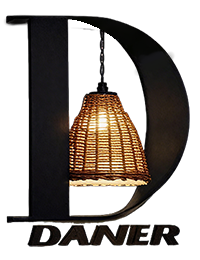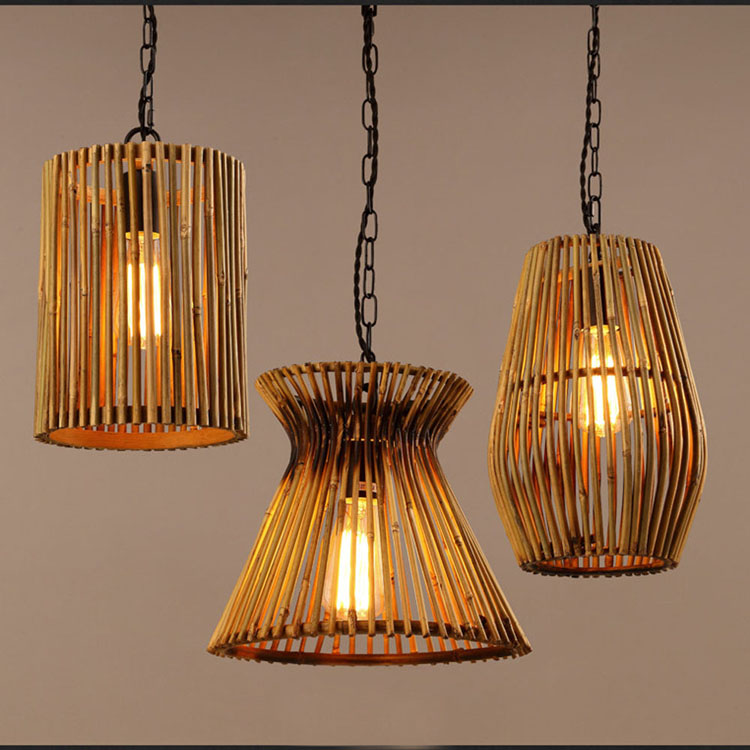As sustainability becomes a global priority, the rattan lighting industry is adopting eco-friendly manufacturing practices. Choosing rattan and wicker lamps from responsible producers supports the environment and offers consumers high-quality, ethical products. Here’s what makes eco-friendly manufacturing essential in this field:
1. Responsible Material Sourcing
- Producers select Indonesian rattan, bamboo, and seagrass from certified, sustainably managed plantations.
- Organic rattan lamps and eco-friendly wicker lamps minimize harm to forests and promote regeneration.
2. Low-Impact Production Methods
- Handweaving and traditional techniques reduce the need for electricity and industrial processes.
- Handwoven rattan lamps and artisanal wicker lamps are often made in small workshops with minimal waste.
3. Safe, Non-Toxic Finishes
- Manufacturers use water-based dyes, natural oils, or plant-based lacquers, ensuring that finished products—like natural fiber lighting and handmade rattan shades—do not emit harmful VOCs.
4. Waste Reduction and Recycling
- Offcuts and scraps are repurposed into smaller products, like braided rattan lamps or decorative accents.
- Packaging is often recyclable or biodegradable, supporting a circular economy.
5. Supporting Fair Trade and Local Communities
- Many eco-friendly brands are committed to fair wages, safe working conditions, and community development.
- Buying artisan eco-friendly handmade boho restaurant woven natural rattan bamboo lights supports skilled craftspeople and local economies.
6. Promoting Long-Lasting Products
- Custom rattan lighting and designer rattan lamps are crafted for durability, reducing the need for frequent replacements.
Eco-friendly manufacturing in rattan lighting means more than sustainability—it guarantees quality, ethical sourcing, and products that brighten your space while protecting the planet.
READ MORE
Address
No. 3, Lane 6, Fushan, Tiebian Village, Henglan, Zhongshan City

CONTACT US
_lutHu5.png)


Call Us
13527147288
E-mail Us




